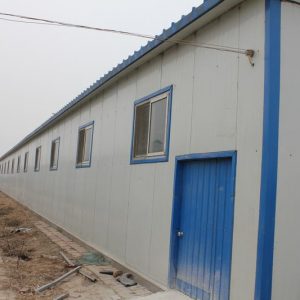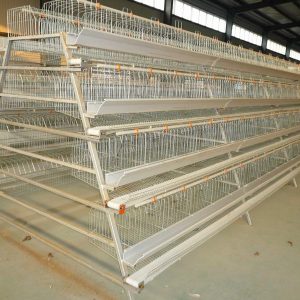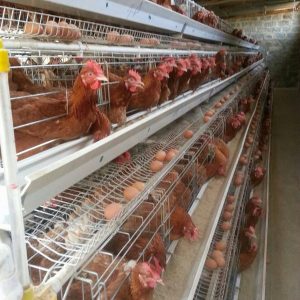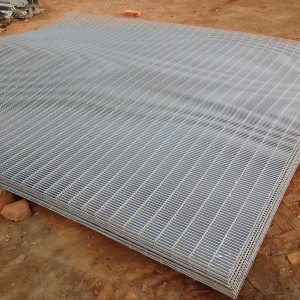
Some loopholes in broiler feeding and management in winter
In winter, broiler chickens are prone to many diseases due to carelessness and loopholes, and even broiler chickens die because they are not warm enough. This is a situation that often occurs in many chicken farms. There are many loopholes in the management of broilers in winter. It is these loopholes and negligence that can cause significant losses to the chicken farm. Let’s analyze some loopholes in broiler feeding and management in winter.
1. Only focus on heat preservation and ignore ventilation
The winter is cold and the chicken coops are highly enclosed. Chicken farmers often forget the importance of ventilation due to the temperature rise. The concentration of ammonia in the chicken house is very high, which is easy to cause a series of problems such as the respiratory tract and ascites of the broiler, resulting in a series of problems such as poor weight gain and respiratory diseases. In order to keep the doors and windows airtight, the doors and windows are blocked, causing the accumulation of carbon monoxide and gas poisoning. Due to the volatility and irritation of ammonia gas, if a large amount of ammonia gas is produced in the chicken house, it will be sensed first when entering the chicken house. When you smell ammonia, it means that the ammonia in the chicken house has already exceeded the standard.
2. Reluctant to keep warm
In recent years, the price of coal and other fuels has soared, and the cost of heat preservation for broilers in winter has also increased. Some chicken farmers have insufficient awareness of heat preservation during the process of raising broilers, and the temperature in the chicken house does not rise to the required temperature, which has a great impact on the performance of broilers. Low temperature affects the absorption of yolk, and the death rate of chicks is very high.
Low temperature can also cause broilers to die due to crowding and crushing due to low temperature. 3 days before the chicks enter the house, control the temperature in the house at 34.5°C-35°C. After the chickens are placed in the house, raise the temperature by 1℃-2℃, and the temperature in the first week is 35℃-36℃. At this time, the chickens are in good condition, lively, evenly distributed, free of movement, and normal diet. At the same time, you should pay attention to the changes of the chickens and adjust the temperature in time. If the chickens gather in groups, “chittle”, tremble, shrink their heads, etc., it means that the temperature is too low, and the temperature in the house should be increased; It means that the temperature is too high and the temperature in the house should be lowered. At 2 weeks of age, it drops to 30°C-32°C, at 3 weeks of age, it drops to 26°C-28°C, and it takes another week to drop to a constant temperature of 23°C.
Three, neglect to prevent stress
When there is power shortage in winter, power outages are often encountered. Some farmers turn on the lights when it’s dark, so that the broilers live in uninterrupted light. In the event of a sudden power failure, chicken flocks are prone to panic, crowding, and piles, causing a large number of broilers to squeeze each other to death and cause unnecessary losses.
It is recommended not to turn off the lights immediately after dark, and to allow one or two hours of dark time for the flocks to adapt to avoid the sudden power outage causing great stress. When the Spring Festival comes, the sound of firecrackers will also cause great stress to the chickens. It is best not to set off fireworks next to the chicken coop.
Fourth, the problem of thick bedding
For broiler breeds with shorter ages, such as white chickens that have been on the market for more than 40 days, thick litter can be used; but for high-quality yellow chickens that are usually raised for longer ages, it is easy to use litter without changing litter Hardening, high ammonia concentration in the chicken house, high humidity in the chicken house, easy to cause respiratory diseases and ascites in broilers. Excessive humidity is conducive to the reproduction of pathogenic microorganisms and easily induce coccidiosis.
summary
The physique of broilers in winter is weak, and the ability to prevent diseases in all aspects has declined. Therefore, we must be rigorous in the management of broilers in winter to ensure that the chickens can spend the entire winter safely and healthily. Therefore, we must strictly prevent the breeding loopholes mentioned above in the breeding management to avoid causing huge losses to the chicken farm.



